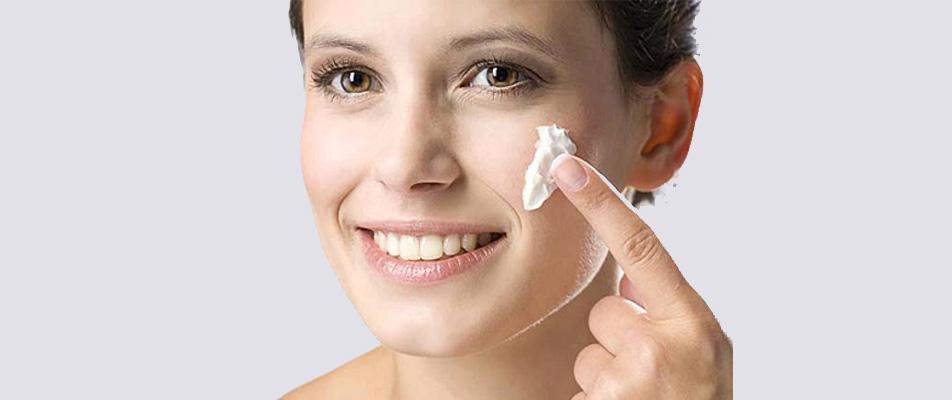The problem
Cosmetic skin care products are more effective in working on the outer layers of the skin are less effective in 'acting deep, in the skin layers of the skin, where the collagen and elastin fibers are generated, and where the collagen no longer supports the scaffolding of the skin, causing wrinkles and wrinkles.
What are wrinkles and how are they formed?
Wrinkles are those signs, more or less marked, that appear especially on the face, both for expressive attitudes, due to the contraction of facial muscles, and following the natural relaxation of the skin due to age.
Are creams effective for erasing wrinkles?
The creams do not erase wrinkles because they are the expression of a profound change in the dermis which is destructing and tapering. Creams can however mitigate them by creating plays of light, ensuring good hydration and stimulating cell turnover.
Why do not active principes arrive where they are needed?
The skin has an extraordinary ability to selectively filter the substances with which it comes into contact. In the course of human evolution, skin has become an impenetrable barrier. If this is good for toxic substances, it is less good for cosmetic actives, which have obvious difficulty in penetrating the transepidermal layers, right there where the action of the cosmetic agent would be necessary. Cosmetologists are constantly looking for how to make the epidermis permeable, deploying various strategies that generally move along these directives:
► increased permeability of the stratum corneum with moisturizing actions
► increase in the permeability of the stratum corneum with solvents, carriers, nanostructured systems, etc.
► increase of the polar osmosis, ie calculating the best cosmetic means, able to remain on the surface to "push" the assets towards the deepest skin tissues.
Many cosmetic marketers have the miraculous properties of creams, boasting a high content of hyaluronic acid, which administered topically should solve the problems that afflict the skin: smooth wrinkles, rejuvenate, compact the skin, solve the skin. In reality the chances that this active pass in this way are very remote and almost nil.
Hyaluronic acid, which is contained in the human body, is an active substance that has a high capacity to bind water and to be lipophilic, but unfortunately can not pass into the transcutaneous layers topically, either because of its high molecular weight, and for the reduced time of permelation necessary to flow under the skin.
The marketing then tries again, boasting products with a high concentration of active creams, but this is a hoax that has no feedback. Concentrations of 1% give a gel so viscous that it is almost inapplicable. Concentrations at 25- / 75% are colossal bales! The mean concentration of hyaluronic acid voluntarily declared to the FDA is 0.03% as evidence of bales told by certain cosmetologists.
Conclusions
In conclusion, anti-age creams administered topically have little of the claimed effect. They can cleanse, moisturize, make the skin velvety and smooth as a peach, but they can not glorify being able to smooth wrinkles!
Another thing is to talk about fillers, that is, of hyaluronium or botulinum stings, in the affected areas, which can have filler but not permanent effects. But we must not forget that they are always invasive, expensive and painful with some unwanted side effects
Another thing is to resort to bio-technological systems, such as the one developed by Biowave System, which thanks to a digital massager are able to penetrate via ionophoresis the active products through harmless galvanic currents able to carry the active molecules where they are needed. .




